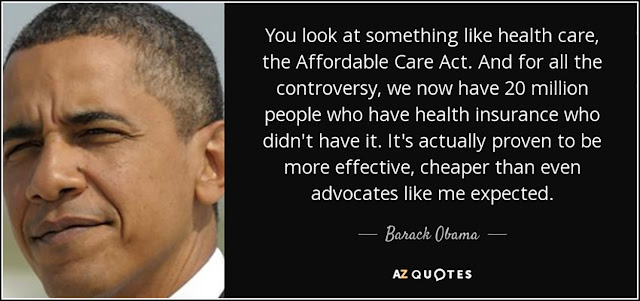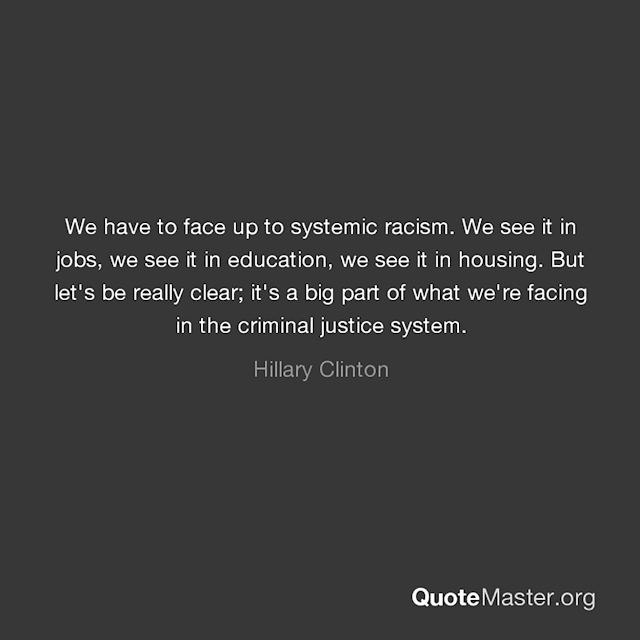What kind of environment would enable all of my students to reach their full potential?
In last week’s post I explained that I built my fictional Rana Station’s system on ideas garnered from decades of teaching, studying history, and observing our contemporary society.
I first studied this question in grad school. Many of my projects centered on the question of what kind of environment students needed to support their success.
How can students succeed?
Schools traditionally have been held solely responsible for students’ academic success. The last part of my teaching career played out during the devastating early onset of “No Child Left Behind,” so I saw this taken to extremes.
 |
| President George W. Bush waves from a crowd of woman and children, in front of a sign like a chalkboard, emblazoned “No Child Left Behind.” The education “reform” law instituted high-stakes testing, but did not improve schools. (Photo from Reuters, via The Atlantic). |
But carrot-and-stick approaches such as funding penalties for low-performing schools or “incentive pay” for teachers were foolish from the outset.
Why?
Because even without penalties, I’ve worked in schools where we ran out of supplies from lack of funding halfway through the school year.
And anyone who’s been around a good teacher for five minutes will figure out s/he isn’t in the profession for monetary bonuses.
How can we improve kids’ outcomes?
Schools alone can never control enough variables to ensure student success. We found out the hard way that a school-only approach doesn’t work.
The most brilliant teacher in the world can’t make a child pay attention if he’s hungry.
Or if her mouth hurts from an abscessed tooth.
Maybe he can’t see the materials he’s supposed to read. Or hear the teacher’s words.
Maybe she was raped last night.
Those are all examples drawn from my own students’ lives. Many (though not that last one) stem from poverty, and the chronic unavailability of services in poorer communities. Any answer to “what kind of environment could enable students to reach their full potential?” must include health care.
I stopped teaching before the advent of the Affordable Care Act. But even after its passage added millions of new first-time-ever insured, there are still holes in the safety net. Especially in states such as Kansas and Missouri, where Medicaid was never expanded.
 |
| (AZ Quotes) |
Would better safety nets fix the problem?
Better safety nets would be a great place to start.
The Covid-19 pandemic has dramatized the gaping inequities in our society. Food insecurity, always a problem, has grown more acute than ever.
In many parts of the country shortages of affordable housing on top of other issues created a wave of homelessness even before the virus struck. Today an eviction can become a literal death sentence.
The logistics of managing “life-support basics” makes even “minor” tasks excessively hard in some impoverished communities. Affluent people easily overlook this.
Remember how people in charge failed to realize it’s near-impossible to follow an evacuation order if you have no transportation, in the 2005 Katrina disaster? That blindness pervades our society on the decision-making level. Clearly, all stakeholders—including members of the community to be served—need their voices added to the discussion.
But better safety nets won’t fix everything.
Equal opportunity for who, did you say?
If you look at students who succeed in school, the ones who end up at the top of the heap tend to be affluent White kids. We all know that’s not by accident. There are lots of reasons, but the most systemic underlying reason is racism. I’m not saying all affluent White folks are racist, but I will categorically say the system is.
 |
| (QuoteMaster) |
We are not all born with an equal chance to succeed. Centuries of disempowerment and discriminatory practices have kept minority persons of color from accumulating wealth.
This has fallen especially hard on Black families, but practices of exclusion, redlining, and violent reprisals against minority advancement (such as race riots, started by White people) have affected Latinos and Asians as well. And the entire history of the so-called “New World” has been a long, dreary exercise in conquest and genocide against indigenous people.
The myth of the level playing field
In American society today, no such thing as a “level playing field” exists.
Not even among White folks. Purely by the numbers, there are more impoverished White people than there are people of color. But that’s still only 10% of the White population.
All minorities experience higher percentages of poverty, from Asians, at 12%, to 28.3% of Native Americans/Alaskan Natives.
We must find ways to open up all manner of opportunities. What kind of environment allows all racial and ethnic groups to acquire and build multigenerational wealth? Until we find a way to build such a system, broken safety nets will remain only one part of the problem.
 |
| (LA Times, #142 of 200) |
Thriving students come from thriving communities
The bottom line, I discovered, is that thriving students are the natural outcome of thriving communities. Until the entire fabric of the community is vibrant, whole, and functioning well, students remain at risk.
Physical health and the ability to accumulate wealth are vital, but they aren’t the whole story. A truly functional society needs good mental health care, freedom from fear, and actual justice for all.
Solving problems on my fictional space station is one thing. It’s easy to overhaul institutions and rework laws in a story. It’ll be lots harder to do it in real life, especially with the inevitable forces working against us.
What kind of environment would enable all of my students to reach their full potential? To more completely answer that question, we’ll need to fill additional deficits. Read more about those in future posts.
IMAGE CREDITS:
Many thanks to Reuters, via The Atlantic, for the “No Child Left Behind” photo. I appreciate AZ Quotes, for the quote from Barack Obama on the Affordable Care Act, and QuoteMaster for the quote about systemic racism from Hillary Clinton. And I love the LA Times cartoon “The American Dream Game” by David Horsey, that so beautifully illustrates the reasons why Black and White people don’t start out with an equal shot at life.
No comments:
Post a Comment